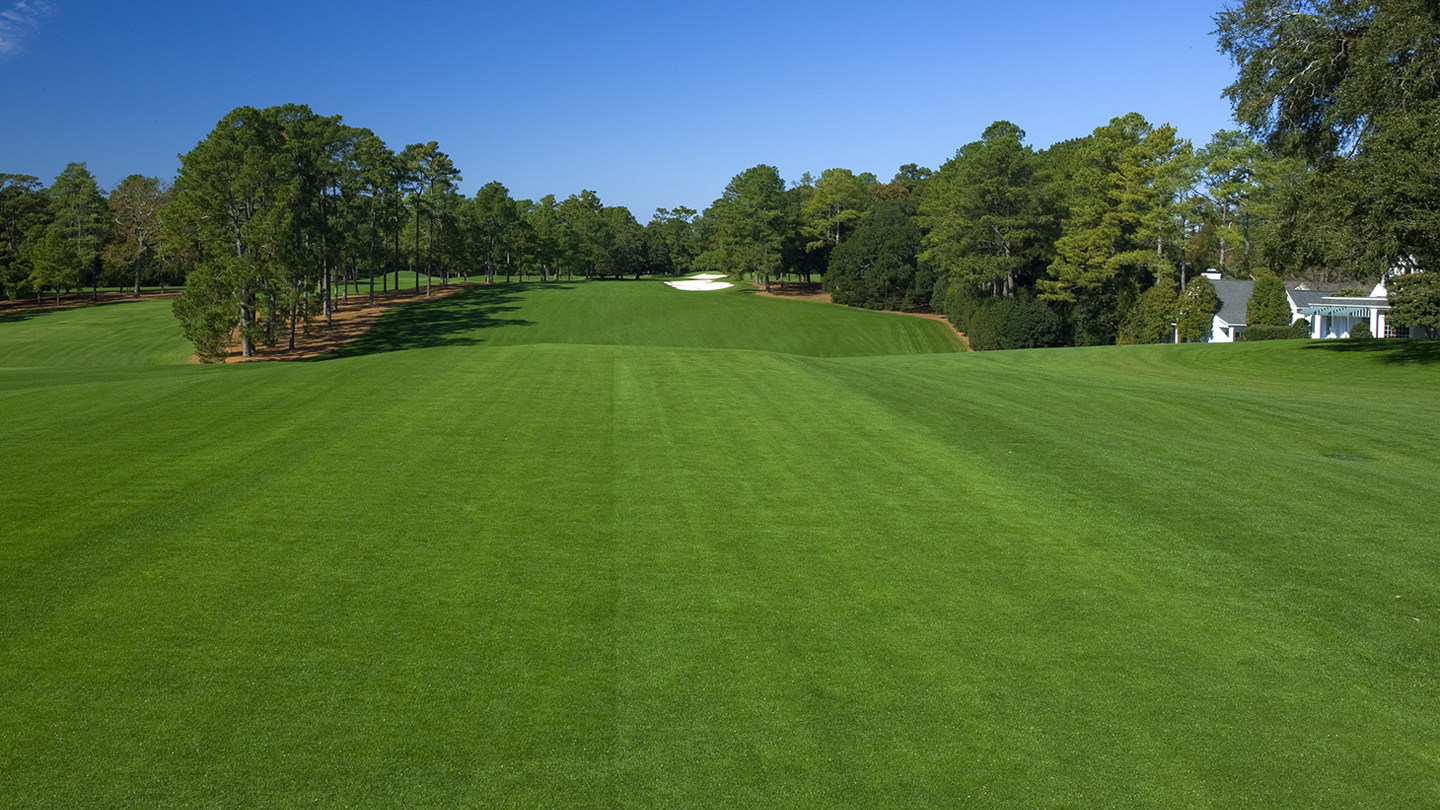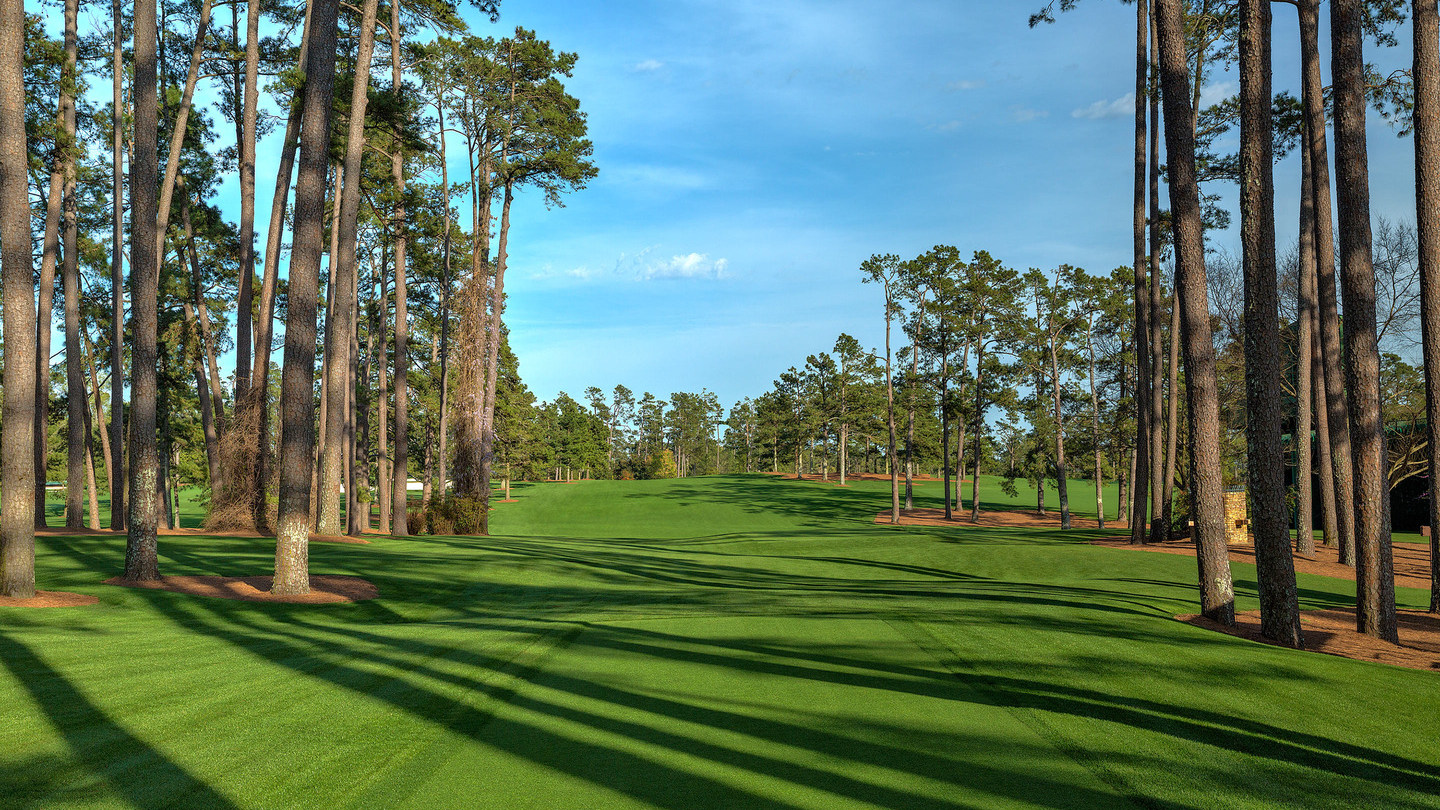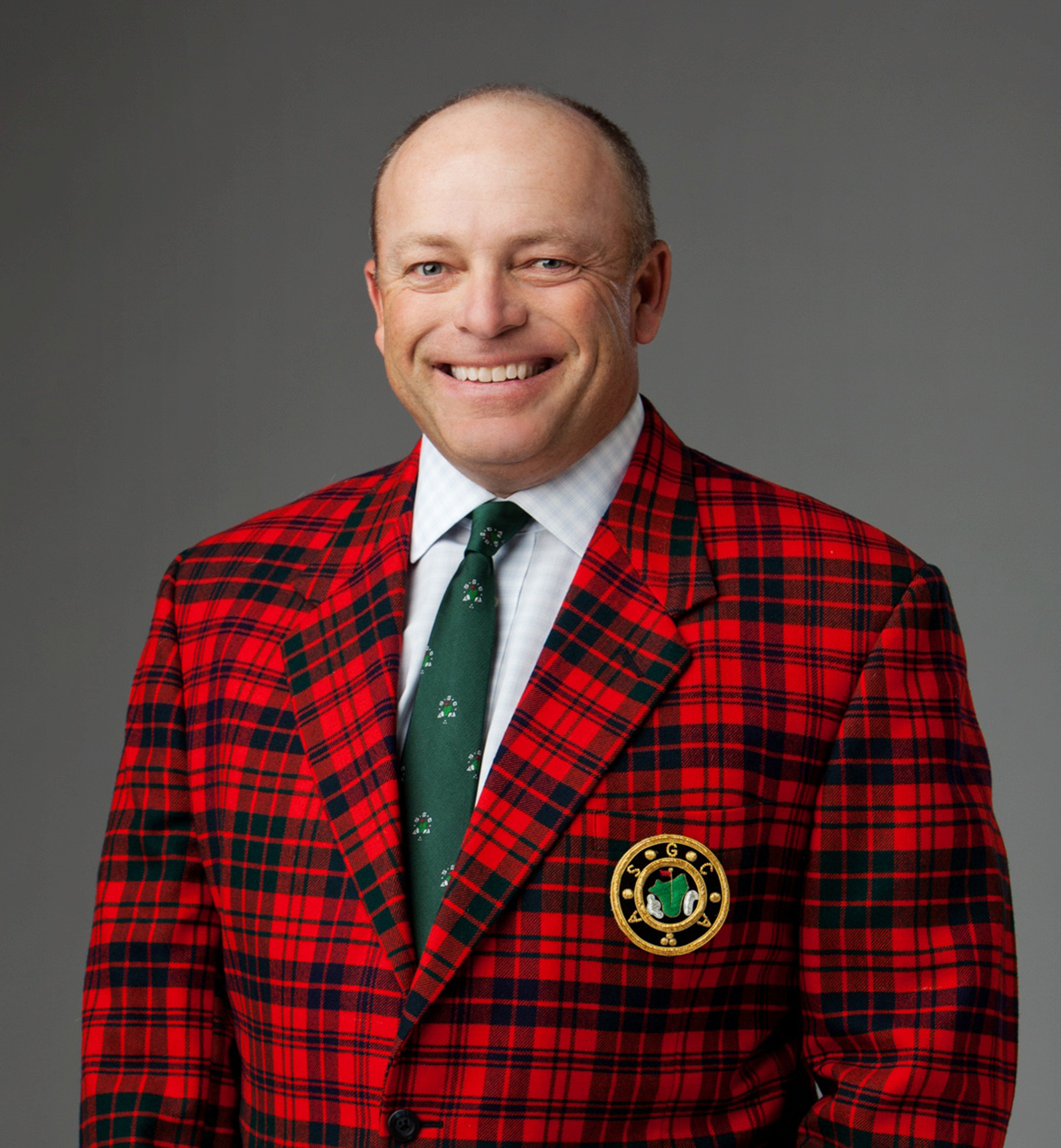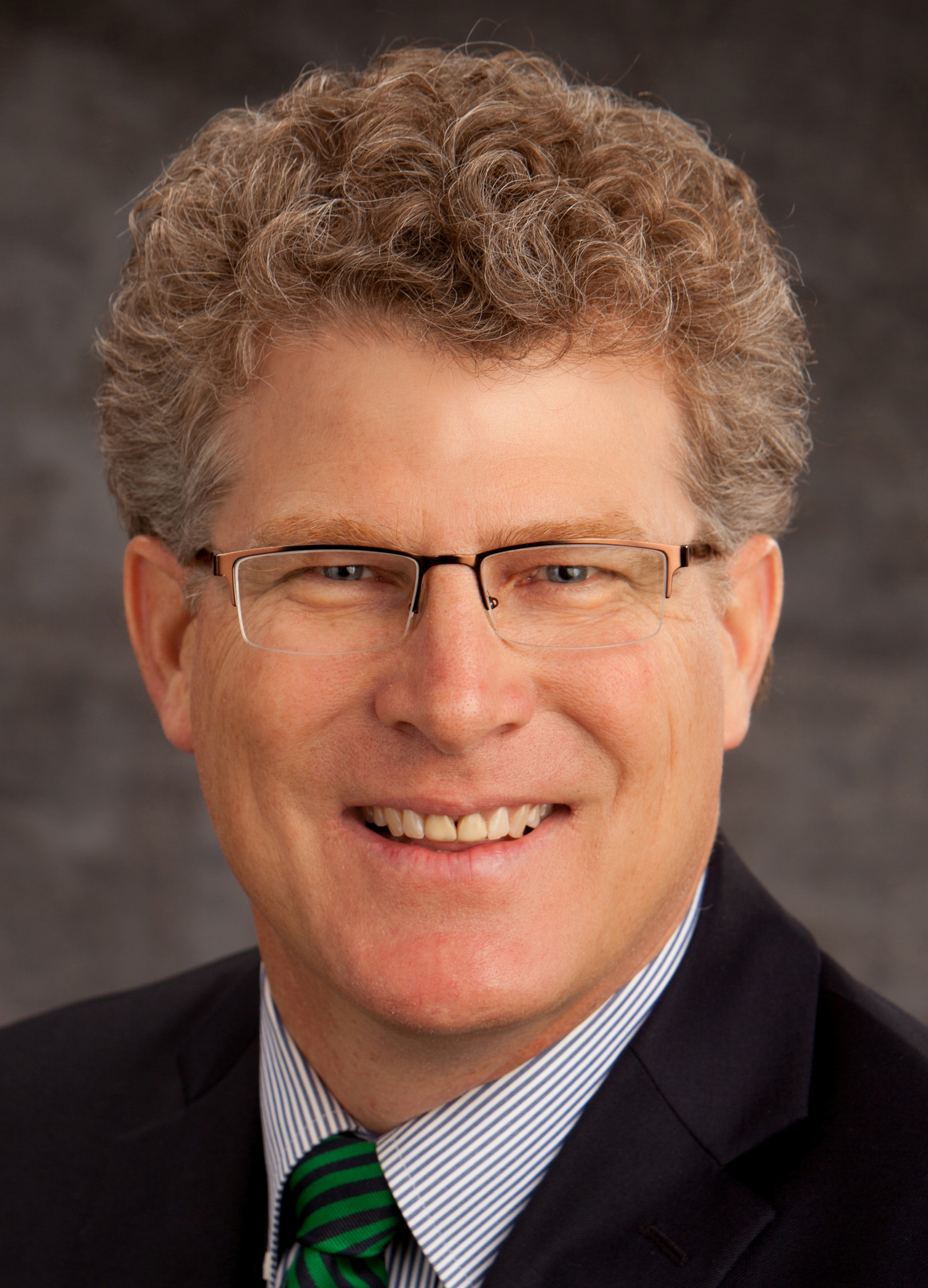All eyes on Augusta National as 2019 Masters commences
The 83rd Masters commences today once again the world’s top players will vie for the prized honor — the emblematic green jacket. The Augusta National Golf Club was the brainchild of famed amateur Bobby Jones and was spearheaded over the years by Clifford Roberts. The design was led by Jones and his hiring of British architect Alister MacKenzie. Numerous changes, or as Roberts was fond in saying “improvements” have been carried out to the course. The most recent is the extension of the rear championship tee area at the par-4 5th increasing the length to 495 yards.
In order to get a better understanding of what lies ahead five active architects were invited to weigh in on their thoughts concerning the course specifically and the event generally.
Peering behind the architectural curtain is a way to better understand the many dimensions of one of golf’s most famous courses and the main event which heralds the arrival of another golf season in all its resplendent majesty.
***
There’s been much discussion over the years, most notably from the architectural community, regarding gains made from technological improvements to club and balls. Are you surprised officials at Augusta National have not seen fit, thus far, to introduce their own tournament golf ball specifically for the event?
SCHAUPETER: I’m not surprised. It’d be a huge step to introduce into a major championship without some type of trial basis first. I’d like to see it done at least once just to see what the impact is so that there can be an analysis of real-world results to help guide future action. How and when to do that is the tough part. Maybe a one-off event at Augusta National is needed before dropping it on The Masters.
WESTENBORG: No, I’m not surprised at all and would never expect this to happen. If it did, would this be the case for all of the majors, if not all professional tournaments? Doing this would set a dangerous precedent. As far as I am concerned, no matter how good the equipment, it is the same for all golfers and therefore a level playing field. Introducing a “tournament ball” would only complicate matters.
DEVRIES: No, because it would be them superseding the USGA and the R&A as the purveyors of the rules of the game. I think it would be interesting if they did issue a “tournament ball” just for the Masters to see how it might change the way the players attack the course, but, ultimately, the USGA and R&A need to do something so today’s golf courses don’t become a joke for elite players who hit it so far that every hole is, at most, a two-shot hole and they only need a driver, wedges, and a putter to play the game.
DAVIS: I am not surprised. It would require players to radically change their game in a lot of cases, not only that week but in prep for the Masters. I think the course does a good job of balancing the gains in distance, in part with the challenge of the greens.
BLASI: No. While many of us believe Augusta National is in a unique position to introduce such a ball, doing so has numerous challenges both technical and political in nature. Technically, trying to design a tournament ball would likely take years to get dialed into the satisfaction of Augusta National and would result in push back from some faction of players. Politically, creating their own ball would create tension with the USGA, R&A and PGA Tour, three bodies Augusta National works closely with. So while many of us see distance as a pressing issue, it is easy to see how Augusta National can take the approach that there isn’t much upside for them.

Augusta National | Hole No. 1 Tea Olive
For this year’s Masters the 5th hole has been extended to 495 yards. The thought process was to reintroduce the usage of driver for many in the field. What’s your take on “the change,” or as former Chairman Clifford Roberts was fond in saying “the improvement?”
BLASI: Hard to judge having not seen the new tee complex and how the hole plays for the field. Conceptually, I would prefer a tournament ball for professional golf as opposed to constantly lengthening courses or moving features.
DAVIS: I would think they will have to watch the wind. If that hole ever plays into the wind it may be hard for some to drive it far enough to see the flag. It will give the longer player an advantage if they are accurate off the tee. For the less than accurate, a driver should bring the left bunkers even more into play. Most players can be a little more accurate with a 3-metal club.
DEVRIES: I hope that they will hit driver and have to hit at least a 6 or 7-iron into the green. This problem relates to the first question and how the elite players hit it so far that strategy and shot-making are much less important for the pros. They are great players and have great skills but we rarely see them have to attempt plays like Sarazen’s “shot heard around the world” because they always have a short iron in their hands.
SCHAUPETER: In terms of the thought process and relative to the tournament specifically, probably the right call. One of these years, the required change to maintain design integrity will push the club to the point where they can’t stretch holes anymore. That might lead to the introduction of a tournament ball.
WESTENBORG: Always nice to have golf holes where the driver is not the automatic choice which is why the 10th Camellia is such a great golf hole. So, on the face of it, not really that supportive. However, if it is hoped that the driver will reduce accuracy, therefore, increasing the risk of balls kicking left into the two fairway bunkers, and doing this reinvigorates the original strategy of the hole then, yes, I would support this idea.
Rate the majors in order of importance regarding architectural merit over the years.
DEVRIES:The Open Championship wins because the architecture is constantly varying the venue among the best links courses in the world and every year the weather makes the golf exciting and highly variable, never the same. The Masters is second because the back nine on Sunday is almost always exciting, plus we have gotten to know the course so well and can compare shots from years ago to today by players in different eras. The US Open would be third but the PGA is close to it – the difference is that the PGA has had more weak sites than the US Open, but they have also brought out some exciting sites that exposed new courses to golfers. Those two have interesting courses but there is less understanding of their designs due to limited exposure and cramped set-ups that make the architecture more about keeping it in the fairway or suffering severe penalties in the rough than highlighting great architecture.
SCHAUPETER: At the top — the Open Championship – all significant golf course architecture DNA flows from the bones of the courses in the Open Championship rotation, among many others in the UK. In the second position The Masters in a unique position in that it hosts a major every year; it’s ability and need to continuously tweak the layout has allowed the original risk/reward design intent to continue to shine through every year despite dramatic changes to the equipment. The PGA championship comes in third – usually very entertaining competition on courses that are set-up to allow the players some latitude and recoverability. In the final slot the US Open – softening the set-up a bit to allow for more variety of play would allow the architecture to come out more on some of the great courses that host it.
WESTENBORG: Automatically — and it’s not because I’m British — I would say The Open. It has the history and the courses that host it have irrefutable variety. The Open golf courses also demand a different style of golf compared to the predominately target golf of the three American majors making it stand out even more. My second choice is The Masters. The fact it is always the same venue and is known — rightly or wrongly –for its manicured condition, even by those who don’t play golf. The US Open is next purely because of its title and finally the PGA Championship.
BLASI: Very interesting question and very hard to answer given the differences of the Majors. Trying to boil things down to one takeaway from each, here is how I would rank them: The Open Championship equals worldwide exposure to links golf. The US Open uses a variety of great classic venues. The Masters equals perfect tournament course that is constantly evolving. The PGA rounds out the foursome with many modern venues.
DAVIS: They are all different and have made different contributions that have impacted golf course architecture. I like how the “British” Open favors a creative player and tests your resolve in really tough conditions at times. I like how Augusta has generally shown how wider fairways as a whole, no rough, and undulating greens is exciting – with a little-discussed element being that rhythm of the flow of course – how it starts, flows, hits Amen Corner, and finishes. The US Open and PGA have generally been more about preserving par so they often exemplify a more penal design, but that attitude is changing with both the USGA and the PGA.
You can change one thing at Augusta National what would it be and why?
BLASI: Well I am pleased to say that the things I had hoped for most have happened in recent years. The Drive, Chip, and Putt is a wonderful event for kids and I am very excited about the Women’s Amateur event coming being held now. Hats off to Augusta National for creating these events and for the change in membership policy. Architecturally, I’d like to see them eliminate the second cut / rough and remove many of the recently planted trees in order to open up the lines of play.
DAVIS:I would not know until collaborating with them. Good design fits a lot of very specific wants, needs, and history. There is a lot more there than one can know from the outside looking in.
WESTENBORG:I would make it a public golf course so that I might have the opportunity to play it.
DEVRIES: Eliminate the second cut. The original intention was for there to not be rough and for the players to be able to get this particular angle for a shot at that particular flagstick location. When they added the second cut, they removed some of those key angles of attack that rewarded accuracy instead of just length and took away strategy. Having all fairway also had the desirable effect of offline shots running into trouble in the pine straw or azaleas. Control was required as much as power and gave more players the opportunity to play Augusta National their way.
SCHAUPETER: Bring back more of the original design intent and thus a bit more variety and drama to the 17th. It feels like a bit of missed opportunity as the drama just continues to ratchet up through the 16th, then fades a bit before playing the appropriately tough eighteenth hole. Mackenzie’s original design intent was for more of a ground-game approach to the hole, which was lost when Maxwell re-designed the green and added fronting bunkers. Widen out the fairway/create more angles of play, remove the bunkers, re-design the green and play the hole from the members tees as a reachable par-4 on Friday and Sunday. This will add another interesting layer of options for the players to consider and another compelling layer of drama for all of us watching.
The best hole architecturally is?
DAVIS:The 13th is a very exciting par-5 and I love how the width changes, the creek, the drama. I think the 3rd is an excellent short par four. I think the 10th is an excellent long par four. All of the par three’s are excellent. The 13th is my favorite though.
SCHAUPETER: The 13th is the one that immediately comes to mind. So many interesting aspects to it and such great variety of options throughout the hole from the tee shot through the green contours
BLASI: The 13th. Great use of topography and incorporating a natural feature to add strategy. Options off the tee, on the second shot, on a layup and the hole location impacts strategy. In my opinion, great tournament holes are those that offer a wide range of scores and we routinely see eagles and double-bogeys at 13.
WESTENBORG: Always a bit risky commenting on golf holes I have not played or visited. However, based on never missing the Masters on TV, I would say the 12th. I love short holes that demand precision shots, that if not perfect, are severely penalized. I also like the shallowness of the green combined with its chamber that, depending on the pin location and wind can require anything from a wedge to a 7-iron. It always creates great drama; just ask Jordan Spieth.
DEVRIES: The 3rd. Being a short par four ives players options to hit a variety of clubs off the tee, but demanding great approach shots to get a birdie chance. The 3rd is a wonderful hole that doesn’t get much attention since it is so early in the round. There has been no need to keep lengthening the hole, like several others at ANGC, to make it relevant to the elite players.
The least effective hole architecturally is?
WESTENBORG: The 13th is a stunning golf hole, but at 510-yards, for the professionals, a very short par-5. Yes, the tee shot is tight and the green undulating but I have always thought that if the tee shots is positioned such that they choose not to go for the green, then the lay-up/recovery shot, with that wide expanse of fairway before the stream, is too straight-forward. I appreciate they must position their lay-up such that the angle to the green is improved, but for professionals, this is not a huge challenge. I would add some bunkering or extend the creek just to force a little more thought/risk into the lay-up shot, or, just to be controversial, maybe make the Azalea a par 4?
SCHAUPETER: I’ll be consistent and stick with the 17th. Could be so much more, especially since it is the 17th hole and at such a critical point of the round.
DEVRIES: I would probably say the 17th. With the loss of the iconic Eisenhower Tree — which didn’t really affect the tour players — and its discussion point for regular golfers, the drive is an uphill affair bordered by trees – you just need to hit it long and straight.
DAVIS: I think they all work. You could suggest a certain hole is not as strong as another, but a golf course with great rhythm like Augusta is that way because of ebb and flow. Some holes are more dramatic, some more stern, some easier. It’s like a great piece of music that as a whole works – you don’t consider which notes are least effective. The whole is more important than the parts.
BLASI: Probably the 18th. No options off the tee and a steeply uphill approach lead to similar play from the field.

Augusta National | Hole No. 17 Nandina
Is it appropriate the club touts the Bob Jones / Alister MacKenzie design effort but routinely leaves out the various architects who have made significant contributions over the years.
BLASI: Hard to judge this. Jones and MacKenzie certainly deserve the lion’s share of the credit for designing the course and Jones for establishing The Masters. For the golfing public, they get the course info from the telecast (CBS) and I believe there have been references to the works of others throughout the years. I think it would be fair for The Masters’ website, which does feature a hole by hole preview, to mention the name of the architects who made a change to a hole.
DAVIS:Absolutely. Jones and Mackenzie were the founders of the design and they set the foundation. All others who have followed have pretty much worked within that foundation.
SCHAUPETER: It’s a club tied to its privacy, history, and tradition yet at the same time forced to be completely open to the nation due to its hosting of The Masters every year. An architect getting involved in any renovations there would likely understand that and know what to expect going in. I’d be okay with it if it was me, so I’ll say that it is appropriate.
WESTENBORG: Yes, I think it is perfectly appropriate; the golf course is a Jones/Mackenzie and always will be, even if some of their design philosophies are no longer apparent. I too have worked on courses originally designed by the old greats, including Ipswich and Southport & Ainsdale (Braid), The Manchester (Colt), Cork GC (Mackenzie), but although I advertise this fact, I would not wish it any other way for the Club to retain the name of the original architect for historic and marketing purposes. I am quite sure the other architects who have had the honor of working at Augusta, are not only already well respected but also market their Augusta credentials with relish.
DEVRIES: Yes, because the changes over the years have been done with regard to the original principles that Jones and MacKenzie put forth for the design at the beginning. Jones was also involved with all of the earliest, more significant, adjustments made to the course, until his passing.
What do you think Jones and MacKenzie would say about the course that exists today?
SCHAUPETER: I think they’d be quite impressed with the incredible tournament that is The Masters and the immaculate conditioning of the golf course. They might be less impressed with the narrowing of the holes and resulting loss of angles of play and options of play. They’d probably also find the modern aerial game quite at odds with the Old-Course-inspired ground game that was their original inspiration for the design of Augusta National.
WESTENBORG: Architects fully respect that even new golf courses will never stop evolving and changing and I am quite sure Jones and Mackenzie would have known this. Although, their original greens have been toned down and the openness of the course closed in by trees, the routing and overall design philosophy is still apparent. Of course, like all architects, they may well have had different re-design ideas but on the whole, I can think of no reason why they would not be satisfied with the adjustments.
DEVRIES: I think they would be fascinated, and shocked, by the evolution of the course for the modern players who hit it so far and they would support the longer tees to adjust for that. MacKenzie was an advocate of leaving room for the growth of courses in response to changes in technology, but I am not sure he would favor the vast differential in abilities to hit the ball so far without a concern for accuracy that permeates the pro tours today.
BLASI: Well perhaps the most colorful outline of such can be found in Geoff Shackelford’s great book “The Good Doctor Returns”. I think they would both be shocked at the infrastructure and the agronomy of 2019. I could see them both encouraging the club to recapture the width and playing angles that have been altered over time.
DAVIS: If they were privy to all that has gone into why the course is as it is today, I think they would be very proud. I am sure both would ask about this or that, or suggest this or that, but it is extraordinary. I am fortunate to get to go for at least a day every year to the Masters and to me it’s heaven.
In your mind — is Augusta National over or underrated or assessed accurately?
WESTENBORG: I can compose a 100-page essay on this question but will summarize by saying “assessed accurately.”
BLASI: Because Augusta National has no peer it is very difficult to say it is overrated or underrated so I’ll go with accurately assessed. To me, Augusta National is an outstanding professional invitational venue and The Masters does a great job with the telecast, guest experience and much more. I believe the biggest negative of The Masters and Augusta National is the impact it has on other courses. Because all golfers watch The Masters every year, other courses try to make their course like Augusta without the same setting or resources.
DAVIS: As a golf course design, it is among the best in the world. Where you would rank it is a personal preference. I have a handful of courses I put at 1a, b, c and so on in the world. Augusta is one of those.
DEVRIES: I think it is accurately judged and belongs in that upper echelon of courses around the world. It has many unique and iconic holes and all of them are solid, good to great holes. It is also one of the most desired places for golfers to play, if only they could get an invitation to try their game where the Masters is played every April and on a course they have come to know so well!
SCHAUPETER: It’s not overrated. Viewed as a sporting event and an entertainment amenity, it’s still possibly underrated. It’s an absolute must-see event on the sports calendar every year for all golfers and likely quite a few non-golfers who are sports fans in general. Viewed through the eyes of a golf course architect, there are quibbles to be analyzed, but that’s what we are paid to do. Even there, hard to call it overrated as the challenges and competition of the tournament deliver compelling golf and entertainment every year.
Your pick to win the Masters and is Tiger Woods capable in adding a 5th green jacket?
WESTENBORG: I think I will go for Justin Rose to win the Masters and no, I am not expecting Tiger Woods to win another Masters or another major for that matter.
SCHAUPETER: Tiger is very capable in adding a 5th green jacket. I believe that he’ll have his “1986 Nicklaus” moment one of these upcoming years. That being said, the list of legitimately strong contenders seems to be as deep as ever, so it’ll be tough. For this year I’ll go with Rory to get his career slam. I like how he closed out the Player’s Championship, overcoming some rough moments early to finish strong. If he can get the putter dialed in, that experience could have some benefit in April.
BLASI: I’ll go with Dustin Johnson. He has performed well at Augusta in the past and seems due for a green jacket. I do believe that Tiger is capable of winning a 5th green jacket. Augusta is known for big roars heard all across the property. Tiger in contention again would produce some epic roars.
DEVRIES: Dustin Johnson and Justin Rose are the obvious choices but I think Jordan Spieth is my pick. No matter how much he is struggling — and he is — he seems to find his center at the Masters. I think he is mentally strong and knows how demanding ANGC is but doesn’t fear that. In fact, he relishes the complexity of the course and it makes him focus that much better and that always gives him a chance. As to Tiger, he knows ANGC better than anyone in the field and has had such great success there, and those points alone give him advantages over the field but I don’t think he has control of his game well enough to finish it and win.
DAVIS: I would love to see Tiger or Rory win. Tiger is very capable. Dustin Johnson could be tough to beat if he’s on his game.
***
THE PARTICIPANTS —


Mike DeVries

A hands-on golf architect, personally shaping his greens and bunkers while being on-site throughout the construction of his projects. His evolutionary design process respects the original designer’s intent on renovation jobs and results in golf courses of enduring quality and interest with his new course designs. DeVries’ most notable works are Cape Wickham Links (Tasmania, Australia), Kingsley Club (Michigan), Greywalls (Michigan), Meadow Club (California), and Siwanoy CC and Sunningdale CC (New York).
ARTHUR SCHAUPETER

MARC WESTENBORG

***
Photos: Courtesy Masters.com


